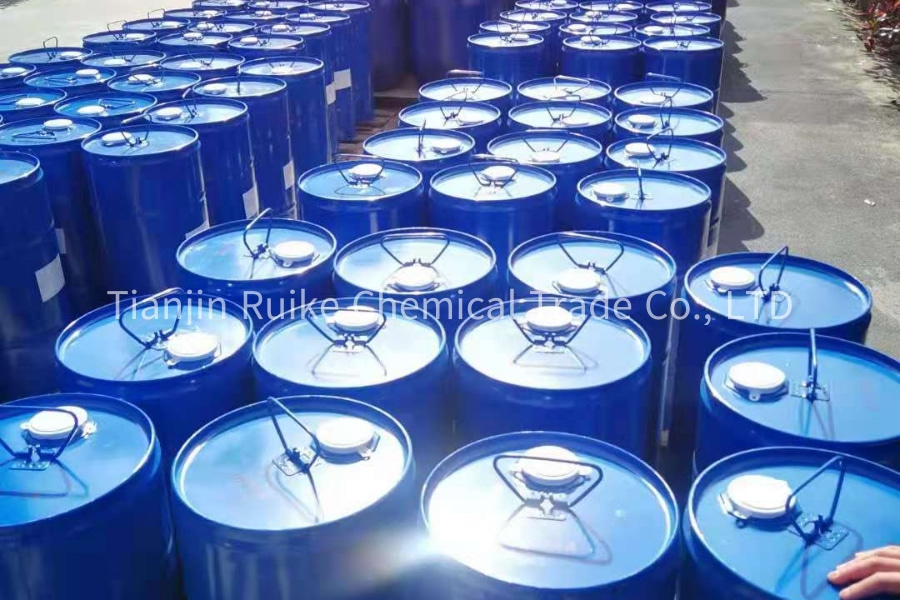


Coating ink additive professional manufacturer
No.160-11,Xiangyuan Road,Jingjin Science and Technology Valley Inductrial Park,Wuqing District,Tianjin Province,China
jeffrey@rk-chem.com
+86 18526852692
Introduction:
The use of dispersing agents in paint formulations plays a crucial role in enhancing paint performance. These additives help to improve the dispersion of pigments and other solid particles in the paint, leading to better color development, stability, and overall quality. In this article, we will explore the importance of dispersing agents in paint production and their significant impact on paint performance.
1. Definition and Functions of Dispersing Agents:
Dispersing agents, also known as dispersants or dispersible polymers, are chemical additives used in paint formulations to facilitate the dispersion of solid particles in the liquid medium. Their primary function is to separate and stabilize the particles, preventing them from clumping together and ensuring an even distribution throughout the paint.
2. Importance of Dispersing Agents in Paint Production:
2.1. Improved Color Development: Dispersing agents promote the uniform distribution of pigments in the paint, resulting in enhanced color development. By preventing pigment agglomeration, dispersing agents help to achieve a consistent and vibrant color across different batches of paint.
2.2. Enhanced Stability: Dispersing agents improve the stability of paint formulations by preventing settling or sedimentation of solid particles. This ensures that the paint remains homogeneous during storage and application, avoiding issues such as color separation or uneven coverage.
2.3. Increased Paint Performance: Effective dispersion of solid particles leads to improved paint performance. Dispersing agents enable better wetting of the pigment particles by the liquid medium, enhancing their interaction and resulting in improved adhesion, durability, and overall performance of the paint.
3. Types of Dispersing Agents:
There are various types of dispersing agents used in paint production, including:
3.1. Polymeric Dispersants: These are high molecular weight polymers that adsorb onto the surface of pigment particles, providing steric stabilization. They create a repulsive force between particles, preventing them from coming into close contact and agglomerating.
3.2. Surfactants: Surfactants are surface-active agents that reduce the surface tension between particles and the liquid medium. They help to disperse and stabilize pigments by reducing interfacial tension and improving wetting.
3.3. Deflocculants: Deflocculants work by reducing the electrostatic repulsion between particles, allowing them to come closer together and form stable suspensions. They are particularly effective in dispersing clays and other plate-like particles.
4. Application and Dosage:
The selection and dosage of dispersing agents depend on various factors, including the type of paint, pigments used, desired performance, and processing conditions. Manufacturers often provide guidelines and recommendations for the optimal use of dispersing agents in their paint formulations.
Conclusion:
The use of dispersing agents in paint production is crucial for achieving high-quality and high-performance paints. These additives enhance color development, stability, and overall paint performance by ensuring the uniform dispersion of solid particles. By understanding the importance and types of dispersing agents, manufacturers can optimize their paint formulations and provide customers with superior paint products.



Ruike’ growing reputation in the industry is largely attributed to its commitment to provide a wide range of products and highly specialized service.
No.160-11,Xiangyuan Road,Jingjin Science and Technology Valley Inductrial Park,Wuqing District,Tianjin Province,China
jeffrey@rk-chem.com
+86 18526852692